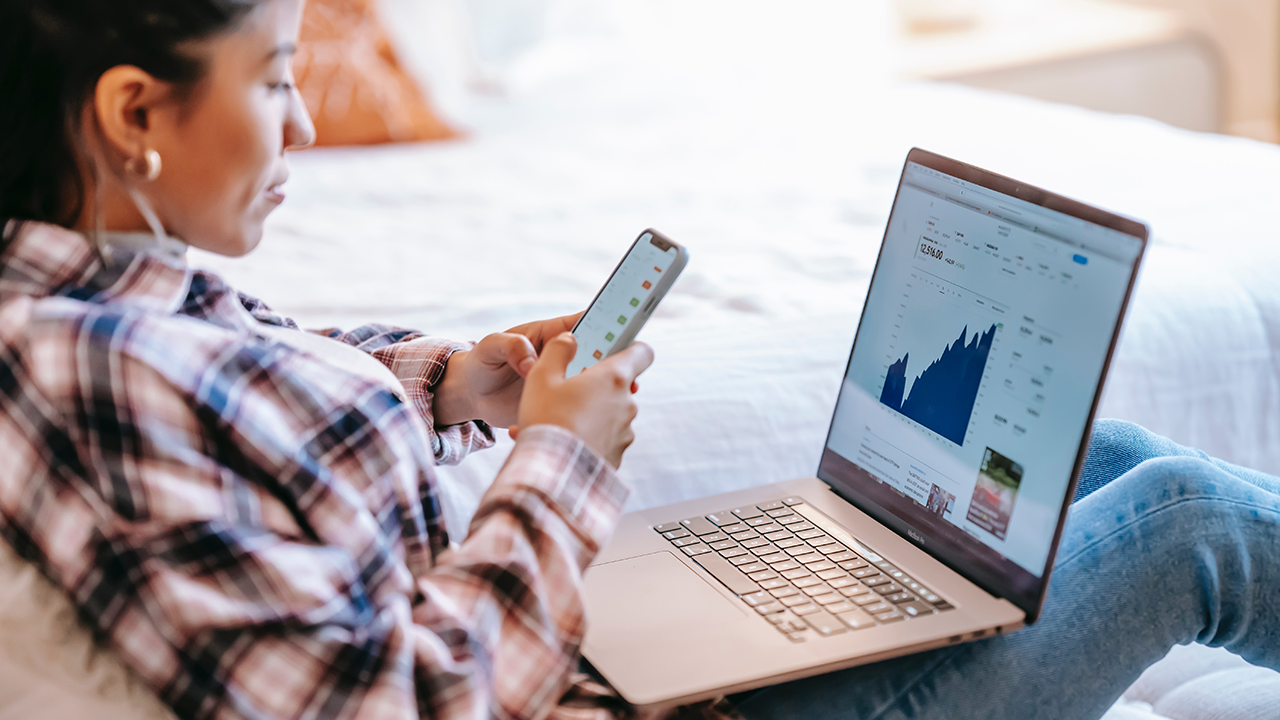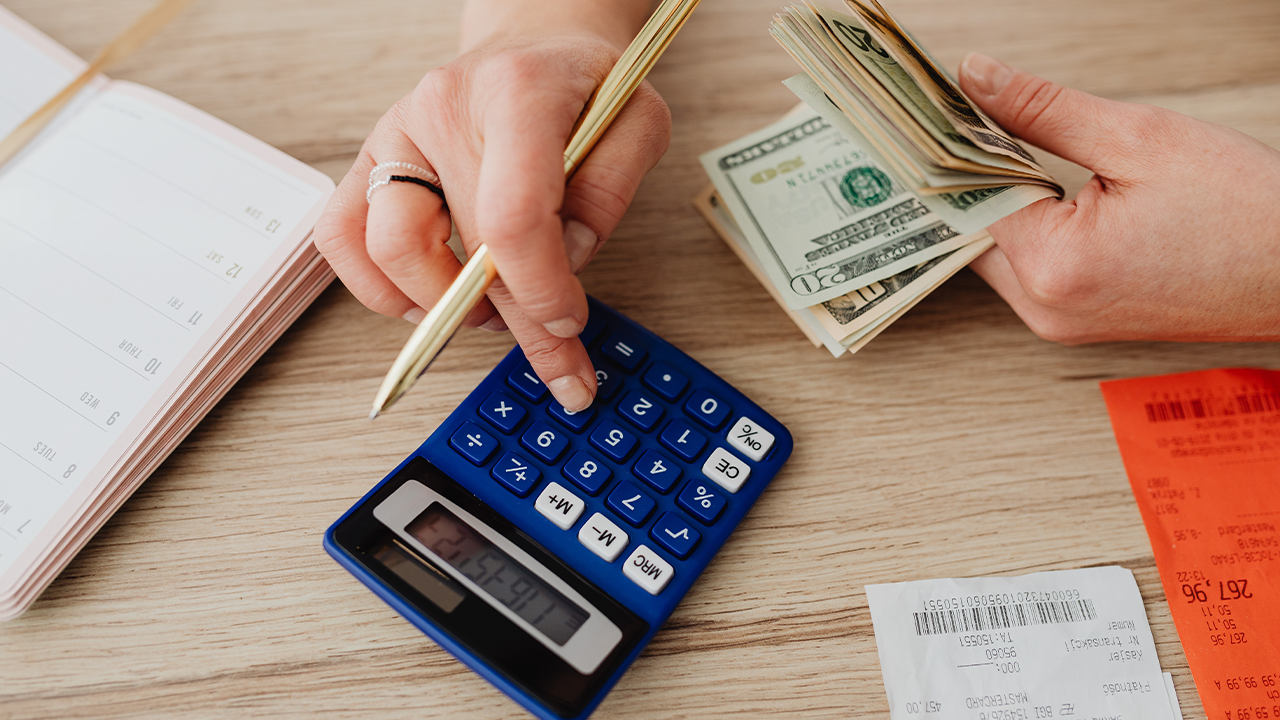Federal Reserve Leaves US Interest Rates Unchanged For The First Time In 10 Months
Inflation and interest rates are tied. Raising interest rates can lower inflation and experts are cautiously optimistic about no interest rate hike in June.
Strategies for Building Investor Confidence
To help overcome any challenges or fears in knowing where and how to invest, keep in mind the following suggestions:
Federal Reserve Leaves US Interest Rates Unchanged For The First Time In 10 Months
For the first time in 10 months, the U.S. federal reserve decided during their June meeting to keep interest rates unchanged and delay another interest rate hike. Does that mean Americans can expect a break from increasing inflation and rising prices?
Let’s take a look at the reason for the decision, the relationship between interest rates and inflation, and how investors can still cautiously build wealth during a period of economic instability.
An Unchanged Month
One of the by-products of the global pandemic was rising inflation. For a little over a year, the Federal Open Markets Committee (FOMC) which is the Fed’s central committee, has slowly increased the Fed interest rate. It’s been a delicate dance to ease the burden of inflation without sending the country into a recession.
The FOMC had introduced an interest rate hike for 10 consecutive months but in June they decided to keep the interest rate, which ranged from 5 to 5.25% untouched while not discounting the possibility of another hike to keep prices under control.
The current inflation rate is 5.3% which is more than two-and-a-half times the FOMC’s target of 2%. Inflation has a way of hanging on longer than expected but analysts are cautiously optimistic. Policymakers advise that the next Fed rate hike to 5.6% should be expected.
Despite the uncertainty, there are signs that these decisions are taking us in the right direction and that the 2% target rate is entirely reachable. Borrowing costs, particularly on credit cards, are high but on the other side of the coin, people who have savings in banks are earning interest rates that outpace inflation.
Inflation and Interest Rates: Understanding the Connection
Inflation and interest rates are intertwined and it’s important to understand their relationship. When central banks change the fed interest rate, there is a ripple effect just as if a pebble has been tossed into water.
The Fed (Federal Reserve Board) sets target interest rates that banks can borrow and lend money at. The ripple effect from changes to those rates begins almost immediately with the stock market, while it can take a year to realize the widespread economic impact.
The Fed also sets the discount rate - the interest rate at which banks borrow from them. The discount rate is higher than the other because the intention is for banks to borrow from each other.
An interest rate hike shrinks the amount of money that people have to make purchases and makes them wary of borrowing. Banks pass on the cost of higher interest rates to their customers who, as you can imagine, will likely put the brakes on borrowing. Conversely, a decrease in the rate increases the money supply and people are more willing to borrow or spend.
Inflation is a word that can set people on edge because it’s often not entirely understood. In a nutshell, inflation is the rise of prices for goods and services over time. Manageable inflation is an indicator of a strong and healthy economy and the Fed interest rate is a key tool in managing inflation.
How Does Raising Interest Rates Help Inflation?
It seems counterintuitive that raising interest rates helps to combat inflation. How does raising interest rates help inflation? We’re glad you asked!
Raising interest rates slows down an economy and moderates price growth. When you borrow money from a lending institution, you pay interest on that loan. When interest rates are raised, you are likely to either wait to borrow or you modify your spending habits, particularly on those big-ticket items because your cost of borrowing is higher. The demand for goods decreases and as a result, the price goes down.
But there is a danger in slowing down the economy too much. If the pendulum swings too far the economy could slide into a recession. The Fed is constantly engaged in the delicate balancing act between inflation and interest rate.

When Will Inflation Go Down?
After the challenges of the past three years, we are ready for some change and a question that is on the mind of many is “When will inflation go down?”
The hopeful news is that experts and policymakers are cautiously optimistic that the worst is behind us and that we should be approaching the Fed target as 2024 rolls around. Last June (2022) inflation hit 9.5% and now, a year later, it’s just over 5% which means that the consecutive Fed interest rate hike for 10 months has done what it was supposed to do - lower inflation.
As you watch inflation subside, you can continue to build wealth by investing in low-risk options. Take stock of your portfolio and your finances and commit yourself to not taking on too much debt. It’s easy to rush into a financial decision but take the time to think about each step. That good opportunity will still be there tomorrow after you’ve carefully researched and mulled it over.
Final Thoughts
While experts project that inflation will decrease and that we are moving in a positive direction toward that 2% target inflation rate, economic history has shown us that it’s wise to be cautious about our spending and investments. This is where it’s beneficial to understand that building wealth is a marathon and an ongoing process.
Achieving any sort of goal, including building a financial portfolio, is about holding a course of steady, small steps that result in long-term results. Some of those steps include having an auto-savings plan like an employment-related 401(k) and an IRA, increasing your savings rate, understanding interest rates and avoiding the high ones, and having some sort of passive income.
Connect Invest offers short-term, high-yield investment opportunities that are completely passive. It takes just a few minutes to open an account and the investment minimum is only $500. You can learn more here and our team would be happy to answer any questions!

